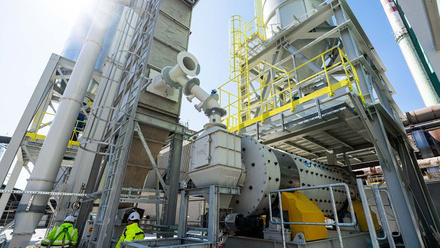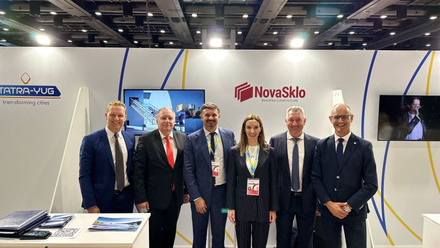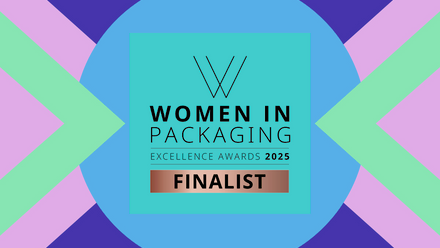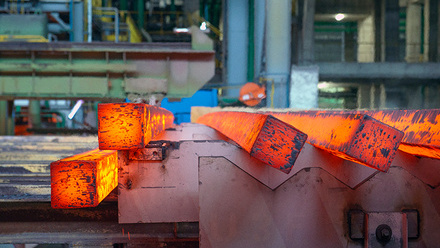Polyolefin-coated fabric bags up water
A European project is seeking to produce polyolefin-coated fabrics for transporting fresh water by sea.
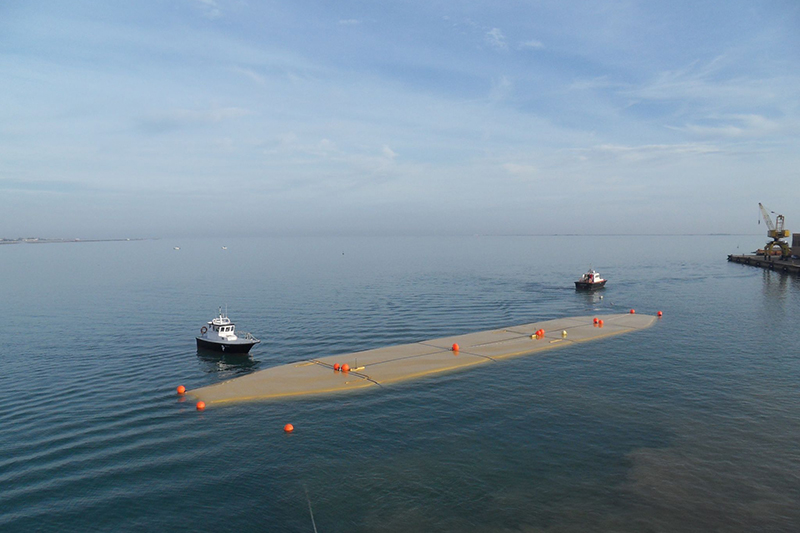
Tarpaulins are large sheets of strong, flexible, water-resistant material, typically made from PVC-coated polyester, which is characterised by its low price and good resistance but reportedly difficult to recycle.
The TARPAULIFE Project aims to demonstrate the possibility of manufacturing large-area polyolefin-coated fabrics, such as polyethylene and polypropylene, that can compete in terms of cost while maintaining the properties of strength, flexibility and impermeability.
The researchers report their product will be composed entirely of polyolefin polymers for the coating and the textile substrate, so it can be recycled mechanically at the end of its life.
The proposed solution will also help avoid incineration of more than 2,000t of PVC and prevent more than 13t of CO2 from being released.
Italian engineering firm Rina Consulting is coordinating the project, co-financed by the European LIFE Programme.
The aim is to transport water from areas with high production to places that experience major supply issues, due to drought, seasonal demand increases or emergency responses, as opposed to the usual forms of transport in tankers. However, the material could also replace PVC-coated polyester in truck tarps and glacier ice covers.
The consortium has started developing a facility to manufacture 3m-wide modular floating bags to transport freshwater from May 2027.
The plant will focus on producing a technical polyolefin fabric coated with double layers of a compatible thermoplastic flexible polymer (TPE). The combination of polypropylene inner fibres with TPE will create a fully reusable polymer blend, says the team.
The latest development builds on an earlier initiative that brought together three of the current partners – Rina Consulting, the Plastics Technology Centre (AIMPLAS) in Valencia, Spain, and Italian manufacturer Ziplast. The latter will operate the new plant with 250,000m2 production capacity.
The earlier projects successfully tested a PVC-coated floating waterbag with a design made of modular sections joined by a watertight, high-strength, zip closure. Rina Consulting optimised this design and used mechanical modelling to simulate its behaviour in a real-world environment.
The next step was to replace the PVC-coated fabrics with polyolefin ones. The fabric will be welded along both sides with a high-mechanical-performance sealing zipper to form a tubular bag.
'The main challenges will be setting up the plant to produce the polyolefin textile, coat it, manufacture water-tight zippers, and assemble and test the final waterbags,' they admit.
'The material needs to have tensile properties equal to, or higher than, current industry standards, with strong coating adhesion and good weldability fabric/zippers or fabric/fabric.'
Icelandic partner Nowa anticipates that more than 100 water bags will need to be produced from May 2027 and will store more than 2mln m3 of freshwater at three storage hubs located in the Mediterranean islands, the Middle East and North Africa for emergencies or periods of water stress.
Before this can happen, the partners are scheduling two trial tests – the first at Thorlakshöfn Harbour in Iceland and the second possibly in Valencia in the Mediterranean – to demonstrate the feasibility of using the bags in different sea conditions. Two 2,500m3 water bags will be pilot tested by Nowa as a backup freshwater reservoir.
AIMPLAS’ role is to undertake tests on the new coated material at its Valencia laboratories to ensure it complies with EU migration limits, which specify the maximum permitted amount of substance released into the freshwater.
The material’s environmental sustainability will be analysed against ISO 14040 and 14044 standards using a life-cycle approach, while the economic viability of the solution will be verified through Life Cycle Costing.


